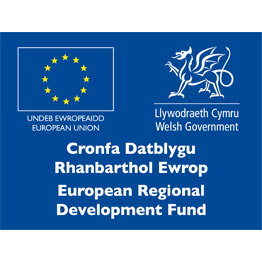Ultrasonic Technology Research for High-Quality Cleaning Results
Ultrawave Ltd., based in Cardiff, is one of the largest manufacturers of ultrasonic cleaning equipment in the UK. Established in 1990, they have 28 years’ experience within the industry and have supplied over 55,000 ultrasonic cleaning systems nationally and internationally.
Ultrawave delivers innovative solutions to meet the specific needs of its customers and strives to be at the forefront of the cleaning industry. Ultrawave's customer portfolio includes the medical and automotive industries, including one of the UK's biggest vehicle production plant manufacturer, Nissan. Nissan uses the ultrasonic cleaner for the paint finish on its vehicles as they roll off the production line. Nissan reported that cleaning quality increased by 20% since adopting ultrawave’s cleaning equipment within their manufacturing processes.
Ultrawave approached ASTUTE 2020 as the company wanted to enhance and develop their understanding of the adhesive mechanism of thermocouples; accelerate the testing regime of a new attachment and create confidence in the new solution, improving reliability and extending service intervals.
Challenges
Ultrawave is investigating methods to improve the attaching of Pt100 thermocouples onto stainless steel surfaces. The company wanted to assess what advanced technologies were available to evaluate the adhesive properties and the ultrasonic performance of the units, utilising the latest non-destructive characterisation capabilities during in-service operations of the product.
Ultrawave sought to collaborate with ASTUTE 2020 to investigate the attachments and compare the new adhesive solution with the old methodology by utilising 3D laser vibrometry to determine the strain which the structure experiences during excitation at specified frequencies. The project aimed to provide the company confidence in their new solution by eliminating the requirement to run the unit continuously for 10,000 hours. A typical testing cycle could potentially be reduced to 2500 hours, a 75% saving in time.
Solution
The ASTUTE 2020 team utilised Cardiff University's 3D scanning laser vibrometer that has been used extensively to study ultrasonic wave propagation within materials; typically above 100 KHz. The technique has been used for several different applications including investigating the vibrational and acoustic performance of materials and structures.
Laser vibrometry is a non-contact method of measuring the velocity of vibration. This technique uses laser light, which is shone at the vibrating structure. As the structure vibrates, the wavelength of the laser light experiences a change in frequency, which is used to determine the velocity of the vibration.
In order to measure the underside of the ultrasonic bath, sufficient distance was required to ensure that each of the three laser heads were able to scan the whole underside. This was achieved by elevating the bath and positioning each of the laser heads on independent tripods underneath. A video camera built into the laser heads was used for the scanning of the sides of the bath. An external macro camera was used to zoom in on the thermocouples, producing a much more detailed scan area.
Ensuring the correct attachment of the temperature sensors improved the effectiveness of the manufacturing process and resulted in fewer modifications and repairs thus increasing the reputation of Ultrawave’s high-quality products. The research conducted into the vibration of the two attachment methods has been analysed to determine the strain under different operating conditions. This metric was used to track the performance of the two attachment methods as well as the effect of increasing the excitation amplitude to accelerate life testing.
Impact
The collaboration provided Ultrawave with a better comprehension of the working principles during the cleaning process by understanding the displacement, stress and strain conditions of the system. The project has enhanced the sustainability of Ultrawave’s manufacturing systems due to the data and knowledge exchanged between the company and ASTUTE 2020, enabling Ultrawave to continue improving the stability and efficiency of the ultrasonic baths under various operational conditions.
Ultrawave has benefited from additional sales and improved its reputation within the market place, having reduced the percentage of warranty returns.
The implementation of the new attachment method has helped the company gain confidence in their products while ensuring job security and creating two new jobs as a direct result of the project with ASTUTE 2020, therefore, contributing to the economic health of East Wales.
Additional research could be conducted on the underside of the tank, particularly focusing on areas of known cavitation. Future investigations could be beneficial to know how or if a system’s performance degrades over time and if so, the causes of this.

